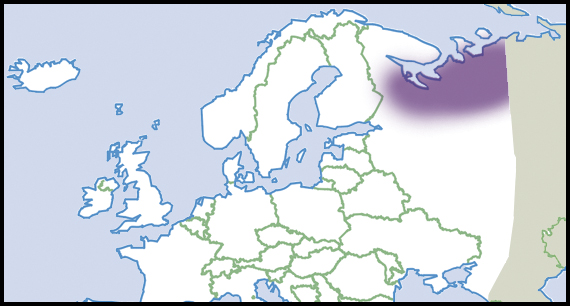|
Sphaerium Asiaticum
''Sphaerium asiaticum'' is a species of bivalve belonging to the family Sphaeriidae. Per IUCN The International Union for Conservation of Nature (IUCN; officially International Union for Conservation of Nature and Natural Resources) is an international organization working in the field of nature conservation and sustainable use of natu ..., the species has the status "least concern". References asiaticum {{Improve categories, date=February 2022 ... [...More Info...] [...Related Items...] OR: [Wikipedia] [Google] [Baidu] |
Bivalve
Bivalvia (), in previous centuries referred to as the Lamellibranchiata and Pelecypoda, is a class of marine and freshwater molluscs that have laterally compressed bodies enclosed by a shell consisting of two hinged parts. As a group, bivalves have no head and they lack some usual molluscan organs, like the radula and the odontophore. They include the clams, oysters, cockles, mussels, scallops, and numerous other families that live in saltwater, as well as a number of families that live in freshwater. The majority are filter feeders. The gills have evolved into ctenidia, specialised organs for feeding and breathing. Most bivalves bury themselves in sediment, where they are relatively safe from predation. Others lie on the sea floor or attach themselves to rocks or other hard surfaces. Some bivalves, such as the scallops and file shells, can swim. The shipworms bore into wood, clay, or stone and live inside these substances. The shell of a bivalve is composed of calc ... [...More Info...] [...Related Items...] OR: [Wikipedia] [Google] [Baidu] |
Sphaeriidae
Sphaeriidae is a family of small to minute freshwater bivalve molluscs in the order Sphaeriida. In the US, they are commonly known as pea clams or fingernail clams. Heard, William H. 1977. Reproduction of fingernail clams (Sphaeriidae: ''Sphaerium'' and ''Musculium''). Malacologia, 16: 421-455. Genera Genera: * Euperinae ** '' Byssanodonta'' d'Orbigny, 1846 ** ''Eupera'' Bourguignat, 1854 * Sphaeriinae ** ''Afropisidium'' Kuiper, 1962 ** ''Euglesa'' Jenyns, 1832 ** ''Musculium'' Link, 1807 ** '' Odhneripisidium'' Kuiper, 1962 ** ''Pisidium'' C. Pfeiffer, 1821 ** ''Sphaerium'' Scopoli, 1777 * fossils ** †'' Megasphaerioides'' Komatsu, J.-H. Chen & Q.-F. Wang, 2003 ** †'' Protosphaerium'' Hocknull, 2000 ** †'' Sphaericoncha'' Kolesnikov, 1980 Biology and ecology Sphaeriidae are hermaphrodites with internal fertilization. Developing young are incubated within their mother (ovoviviparity), and newborn clams look like miniature copies of the adults. Parasites and/or predat ... [...More Info...] [...Related Items...] OR: [Wikipedia] [Google] [Baidu] |
IUCN
The International Union for Conservation of Nature (IUCN; officially International Union for Conservation of Nature and Natural Resources) is an international organization working in the field of nature conservation and sustainable use of natural resources. It is involved in data gathering and analysis, research, field projects, advocacy, and education. IUCN's mission is to "influence, encourage and assist societies throughout the world to conserve nature and to ensure that any use of natural resources is equitable and ecologically sustainable". Over the past decades, IUCN has widened its focus beyond conservation ecology and now incorporates issues related to sustainable development in its projects. IUCN does not itself aim to mobilize the public in support of nature conservation. It tries to influence the actions of governments, business and other stakeholders by providing information and advice and through building partnerships. The organization is best known to the wider ... [...More Info...] [...Related Items...] OR: [Wikipedia] [Google] [Baidu] |

